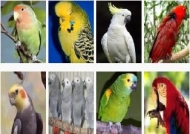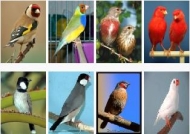 The International Community of Aviculture |
 |
 la Communauté internationale d'Aviculture |
| Accueil | Forums | ICA Arabic | ICA Arabic Community | Règles | Contacter |  |
 |
 |
 |
 |
 |
|---|
| Nous sommes le Sam Avr 27, 2024 10:21 am |
|
• Heures au format UTC |
 
|
Page 1 sur 1 |
[ 3 messages ] |
|
| Auteur | Message | ||||
|---|---|---|---|---|---|
| Pass |
|
||||
Inscription: 23 Jan 2008 Messages: 20 Sujets: 11 genre: |
|
||||
| allawi |
|
||
|
Inscription: 21 Jan 2008 Messages: 4 genre: |
|
||
| Abdo Abu Seir |
|
|||||||
Inscription: 20 Jan 2008 Age: 54 Messages: 172 Sujets: 103 Localisation: Palestine genre: |
|
|||||||
| Eleveur: canaries | ||||||||
 
|
Page 1 sur 1 |
[ 3 messages ] |
|
• Heures au format UTC |
Qui est en ligne |
Utilisateurs parcourant ce forum: Aucun utilisateur enregistré et 117 invités |
| Vous ne pouvez pas poster de nouveaux sujets Vous ne pouvez pas répondre aux sujets Vous ne pouvez pas éditer vos messages Vous ne pouvez pas supprimer vos messages Vous ne pouvez pas joindre des fichiers |


